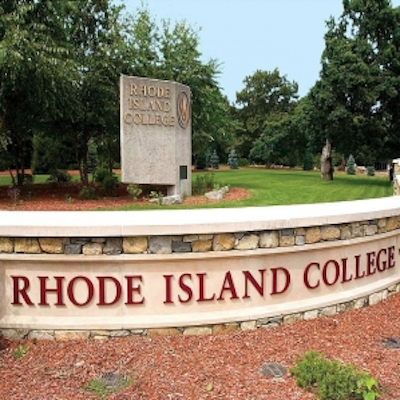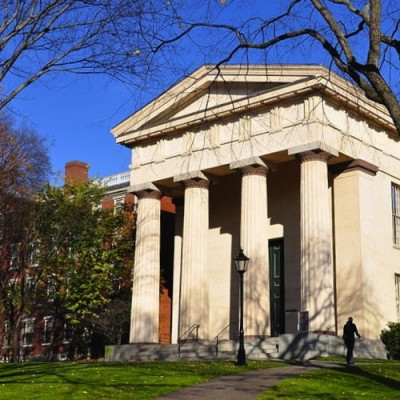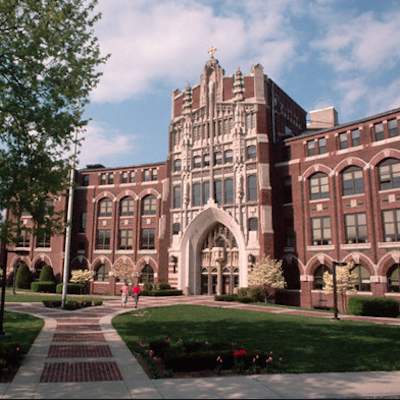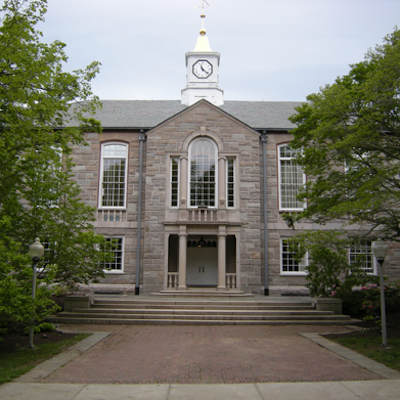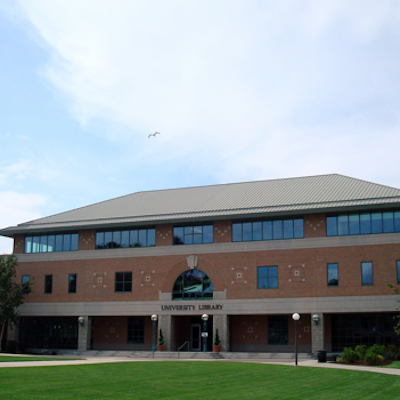College Admissions: Early Admission Apps Soared for Class of 2018
Monday, December 23, 2013
Early admission numbers are still being released since many colleges extended deadlines due to Common Application issues this year. Nevertheless, it appears that the predicted low in the number of college-age students has not affected early action and early decision applications at the nation’s most competitive colleges . Students are still flocking in record numbers to apply to elite colleges during early decision and early action rounds, drawn in by high acceptance rates than regular decision and the desire to know early in the year where they will matriculate.
Duke, Northwestern and BU: Big Winners
This year, Duke saw its largest increase in early decision applications ever, up 25% over last year. Meanwhile, early applications to Northwestern and Boston University increased approximately 15%, reflecting a growing trend in popularity among college campuses in or near a major city.
Ivy League Holds Strong
GET THE LATEST BREAKING NEWS HERE -- SIGN UP FOR GOLOCAL FREE DAILY EBLAST
Brown University accepted 583 students during early decision, representing a 19 percent acceptance rate from a record high pool of 3,088 applicants. The students who were accepted were from 30 nations and 41 states. The top countries represented outside the United States are China, United Kingdom, Singapore, Canada, and Korea. Eleven percent of accepted students will be the first-generation in their family to attend college, 30 percent are students of color, 318 are female and 265 are male. The top majors that accepted students intend to pursue are engineering, biology, business, entrepreneurship and organizations, economics, and English.
Columbia received 3,296 applications during Early Decision, and reported that their ED pool grew by 5.4% over last year.
Cornell numbers are not yet available.
Dartmouth sent invitations to 469 students to join the class of 2018 during the Early Decision round. This year, 1,678 students applied ED, an increase of 6 percent from last year. Forty percent of the entering freshmen seats have now been filled at Dartmouth, leaving 60 percent for regular decision applicants.
Harvard accepted 992 students during Early Action, just over 21 percent of applicants. This represented the highest acceptance rate since Harvard re-instituted Early Action in 2011.
UPenn admitted 25.3 percent of early decision applicants, filling more than 50% of the expected entering freshman class. The number of UPENN applications during ED grew by approximately 6.7 percent this year.
Princeton had 3,831 students submit Early Action applications this fall, up slightly from the 3,810 last year; 714 students (18.5%) were accepted. In the early acceptance pool, 8 percent are international students and 41 percent are U.S. students from diverse backgrounds. They hail from 32 countries, 44 states and the District of Columbia. Fifty-five percent are from public schools, and 9 percent are the first in their family to attend college. Fifteen percent are legacy students who had a parent graduate from Princeton.
Finally, Yale Early Action applications rose 5.6% this year over 2012 as the university accepted 735 students among 4,750 applicants. Another 2,735 students were deferred to the Regular Decision round, and 1,225 were rejected.
Cristiana Quinn, M.Ed. is the founder of College Admission Advisors, LLC which provides strategic, individual counseling for college-bound students. www.collegeadvisorsonline.com
Related Slideshow: RI 4 Year Colleges & Universities with the Highest Student Debt
Seven in 10 college seniors (71%) who graduated last year had student loan debt, with an average of $29,400 per borrower, according to a new report released by the Institute for College Access and Success. According to the Institute’s Project on Student Debt, Rhode Island has the fifth highest student debt in the country, but what about the state's individual institutions? Check out the slides below to see the average debt graduates accrued at Rhode Island colleges and universities.
Note: All data is based on four-year or above institutions for students graduating in the 2011-2012 academic year. Johnson and Wales University and the Rhode Island School of Design are not included in the data below, because they did not report the average debt of their graduates.
Related Articles
- College Admissions: 4 Elite Honors Programs in the East
- College Admissions: 4 New England College Visit Road Trips
- College Admissions: 4 Things To Do While Waiting For Early Admissions
- College Admissions: 4 Tips For Overcoming ‘College Phobia’
- College Admissions: 4 Ways To Avoid Rejection Of Your Application



